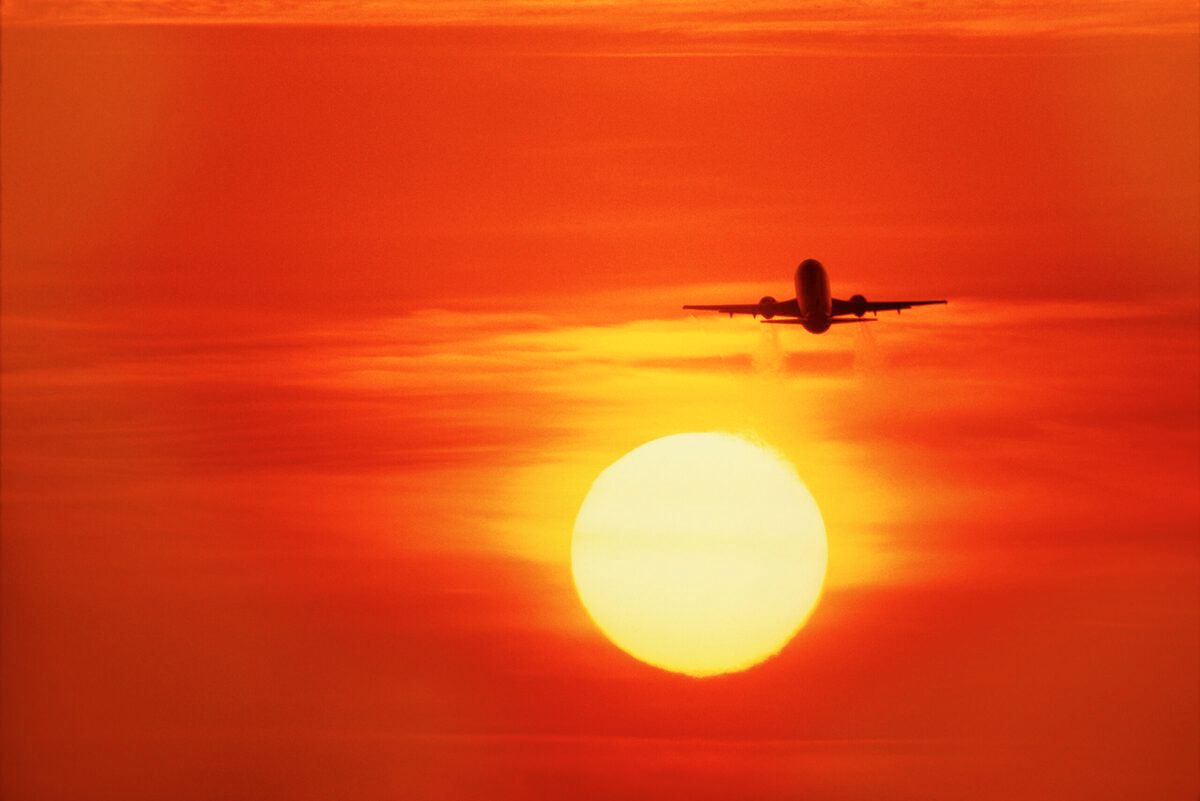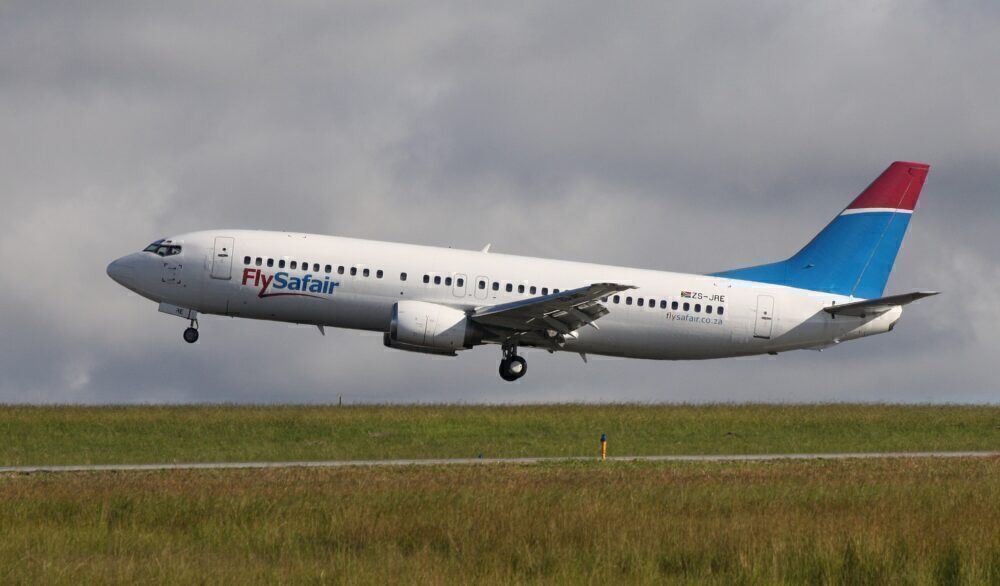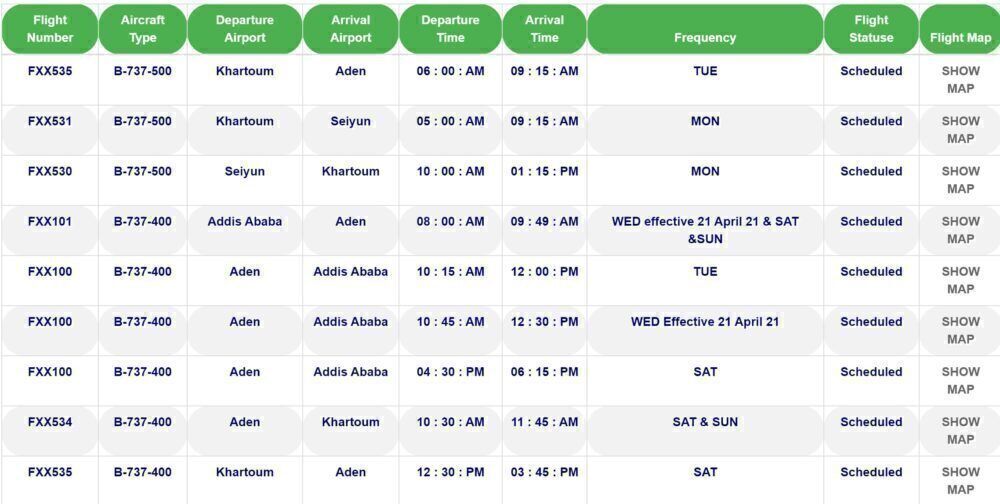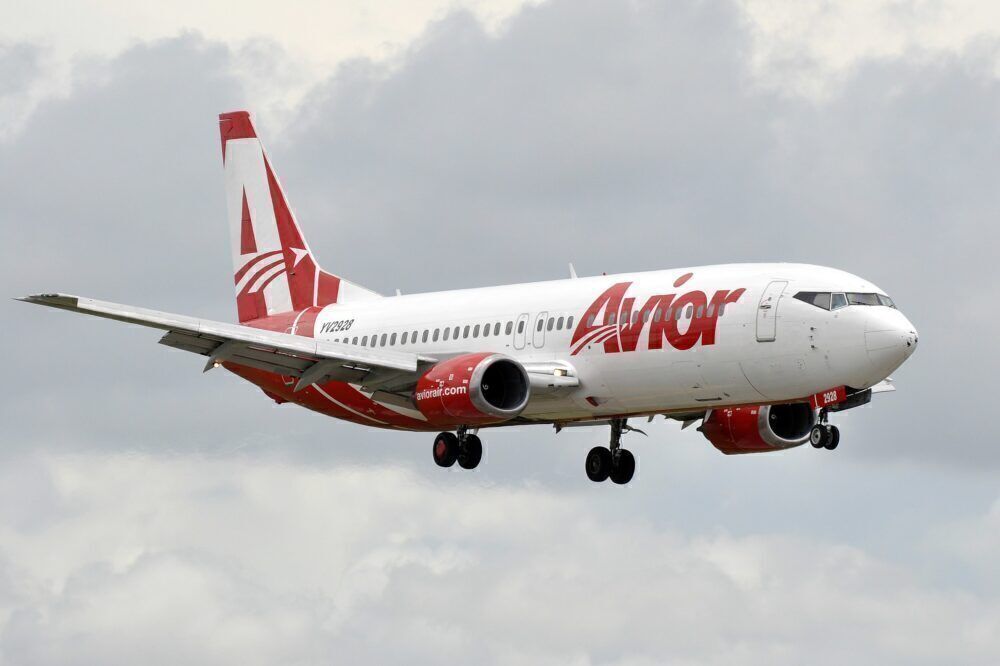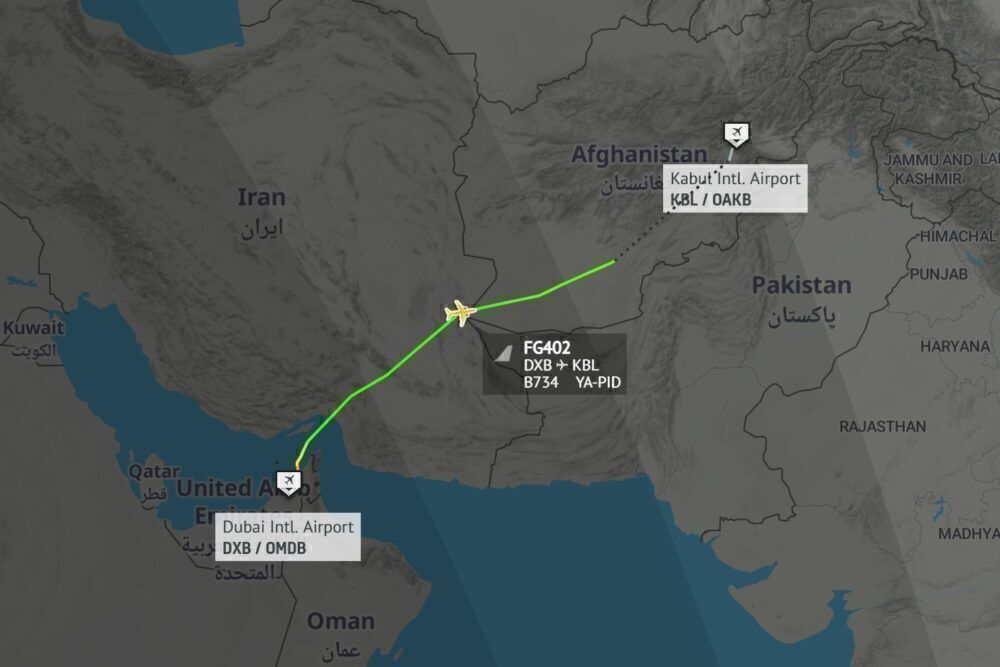The Boeing 737-400 is the least common of the 737 Classics in passenger service. This year, it'll be used by 13 passenger airlines, with South Africa’s Safair the biggest operator of it. Yet, only four million B737-400 seats are planned, as the end of the type nears, except for freight.
Boeing 737 Classic aircraft – the -300, -400, and -500 – have almost been consigned to the history books, at least in a passenger sense. Between them, they have just 22 million seats planned this year, OAG data shows, half what they had two years ago and 230 million seats fewer than in 2011. Now, the largest of the three series, the B737-400, is the least common.
Stay informed: Sign up for our daily and weekly aviation news digests.
Remaining B737-400 passenger airlines
Some 13 passenger airlines have scheduled the B737-400 for use this year, several of which you may not have heard of before. As shown below, South Africa's domestic operator, Safair, is the largest user of the type by seat capacity.
- Safair
- Aero Contractors
- Utair
- Albawings
- Ariana Afghan
- Iran Aseman
- Gran Colombia (GCA)
- Comair
- Turpial Airlines
- Lumiwings
- GP Aviation
- Avior Airlines
- Felix Airways
Yemen's Felix Airways
Yemen's Felix Airways is interesting. According to its website, the -400 will be used from Aden to both Addis Ababa and Khartoum this month. However, earlier this year, it filed with OAG to operate the aircraft on three routes to Dubai (Aden, Sayun, and Socotra) and three to Djibouti (Aden, Khartoum, and Sayun).
Top-10 B737-400 routes this year
Given both Safair and Comair use the aircraft in South Africa, it's little surprise that this is the country with the most seats. Next up is Nigeria, Russia, Iran, Afghanistan, Colombia, Italy, Albania, Venezuela, and Germany. The importance of South Africa is clear to see, taking as it does six of the top-10 routes, as shown below.
- Durban-Johannesburg
- Abuja-Lagos
- Moscow Vnukovo to St Petersburg
- Cape Town to East London
- Gronzy to Moscow Vnukovo
- Cape Town to Lanseria
- Durban to Lanseria
- Cape Town to Durban
- Cape Town to Johannesburg
- Abuja to Port Harcourt
Yet, Moscow Vnukovo is the number-one airport for the 734, ahead of Durban, Abuja, Johannesburg, Cape Town, Tirana, Lagos, Cali, Tehran Mehrabad, and East London.
Scrap value
The dramatic decline of B737 Classics and the rise of far more fuel-efficient and less maintenance-heavy aircraft have made older aircraft especially popular in developing countries. Such airlines either cannot afford or do not need brand-new alternatives that need to be used much more often. After all, ownership costs of such old aircraft were meager even before coronavirus, and they're now scrap value.
Very low ownership costs is why the MD-80 appealed to Allegiant and the B717 to Volotea. Higher maintenance costs and fuel consumption was offset by these lower ownership costs. This meant that they only needed to use the aircraft when it made economic sense to do so. It's the same principle for their older-build A319s and A320s now – just with even lower maintenance and lower fuel consumption.
The Classics appeal could also be because newer aircraft cannot be operated due to sanctions. Hence Iran Aseman and two Venzeualian airlines (Turpial and Avior) using it. And this is the reason why Iranian airlines are so important for the last-remaining passenger A310s.
What is your best memory of the B737-400? Comment below!

